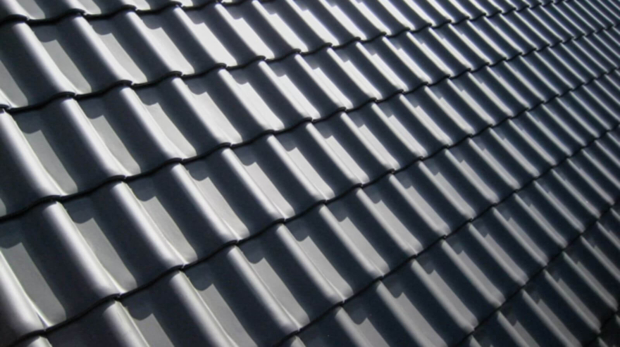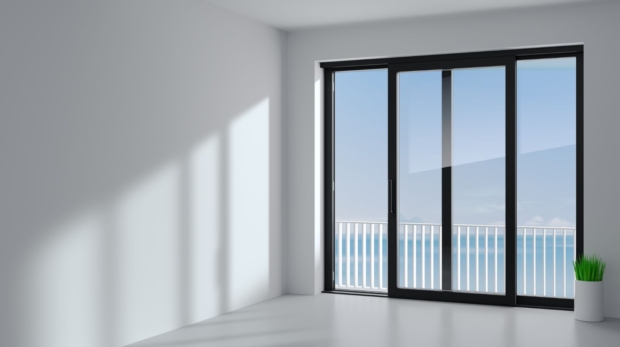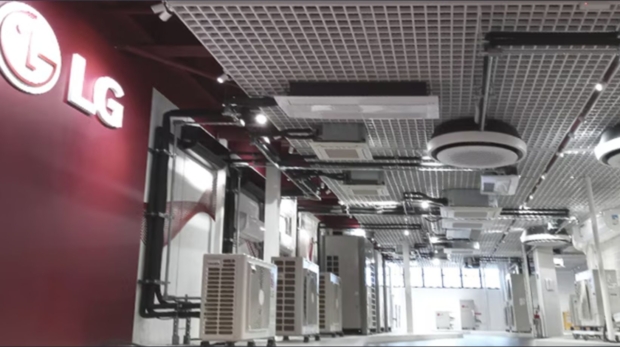14 Best Places to Live in Orange County CA
Best Places to Live in Orange County CA Located in Southern California, Orange County has a rich diversity of lifestyle choices with plenty to see and do on its beautiful Pacific coastline, uncrowded beaches, fun theme parks, huge business centers, ...










